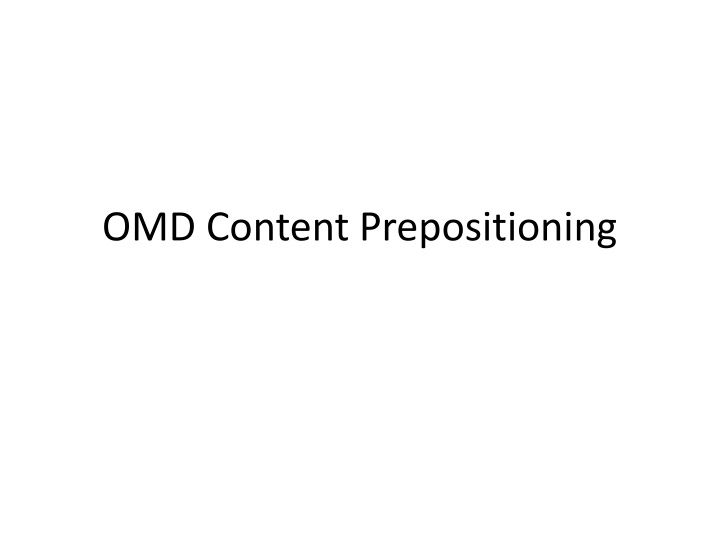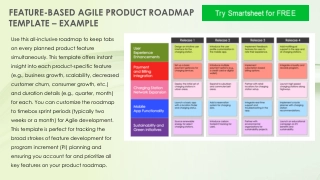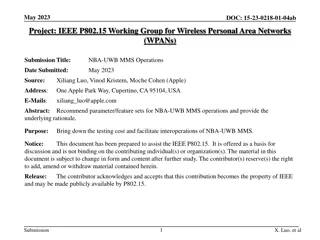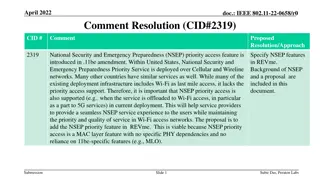
Improve Content Delivery with Prepositioning for Reliable Latency
Enhance your existing systems with prepositioning to maintain functionality, ensure reliable latency, and protect against unreliable origins. Learn about the protocol goals, authentication options, policy-based ingest, quality of service enhancements, and more to optimize content delivery. Explore the architectural overview, manifest examples, and strategies for persistent content in ATS. Dive into discussions on rate limiting, consistent hashing, and content inspection to further enhance your content delivery network.
Download Presentation

Please find below an Image/Link to download the presentation.
The content on the website is provided AS IS for your information and personal use only. It may not be sold, licensed, or shared on other websites without obtaining consent from the author. If you encounter any issues during the download, it is possible that the publisher has removed the file from their server.
You are allowed to download the files provided on this website for personal or commercial use, subject to the condition that they are used lawfully. All files are the property of their respective owners.
The content on the website is provided AS IS for your information and personal use only. It may not be sold, licensed, or shared on other websites without obtaining consent from the author.
E N D
Presentation Transcript
Motivation Customers have existing systems w/ prepositioning and want to maintain functionality More reliable latency, protects against unreliable, slow or bw limited origins
Feature Goals Protocol: Only support HTTP(s) Header/Cookie Authentication: When sending request to OS, customized headers and/or cookie could be configured for authentication purpose. Optionally use HTTP Proxy to access Manifest file Policy Based Ingest: Content will be ingested based on ingest manifest file. The ingest file will include the follow items: Explicit List: list of individual files Directory: recursively crawl all files under the directory ABR Manifest: Generate ingest manifest from HLS/HSS/DASH Manifest Content will be evicted if items removed Each item could define a retry time and interval for failure QoS Knobs Scheduled Time of Day Rate Limiting
Manifest Example { "depth": 5, "acceptRegex": "\\.mov" "headers": "X-Auth-Key: mysecretkey", "preload" : [ { "items": [ "/content1/someone.jpg", "/content1/animals.mov" ], "retry": { "count": 2, "delay": 5 }, "schedule": { "start": "2016-06-25 08:25:25", "interval": "5d12h" }, }, { "crawl": [ { "prefix": "/football/", } ], "abr": [ { "manifest": "/nature/butterfly.m3u8", }, { "manifest": "/nature/butterfly/Manifest", } ], "schedule": { "start": "2016-06-26 08:30:10", "interval": "2h30m" } } ] }
Persistent Content ATS use the content area in a strip as a circular buffer where new objects overwrite the least recently cached objects. To prevent content from being overwritten, "pin- in-cache" could be configured in "cache.config" of ATS. If the update frequency and total size of preposition contents are fully under control, it is highly recommended to configure a dedicate volume for preposition contents.
Further Discuss Rate Limiting Consistent Hashing to Spread the content Inspect pinned contents in ATS cache






















